Dilijan National Park. A forest temple of Armenia
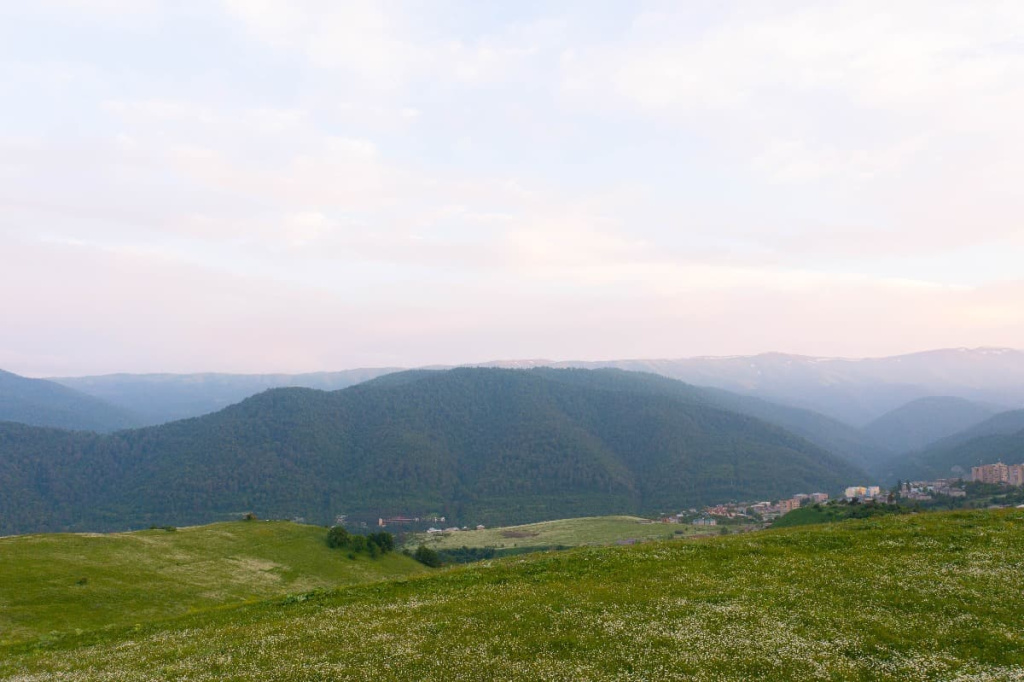
Armenia is a mountainous country, which is characterized by vertical zonality. This implies a change in natural, climatic conditions and landscape zones upon the elevation above sea level. Hence, a small country in terms of territory has an incredible variety of mountain landscapes and natural zones, from semi-desert to forested.
Moreover one can see more than half of the representatives of the flora and fauna of the Caucasus in Armenia, including rare species of plants and animals listed in the Red Book.
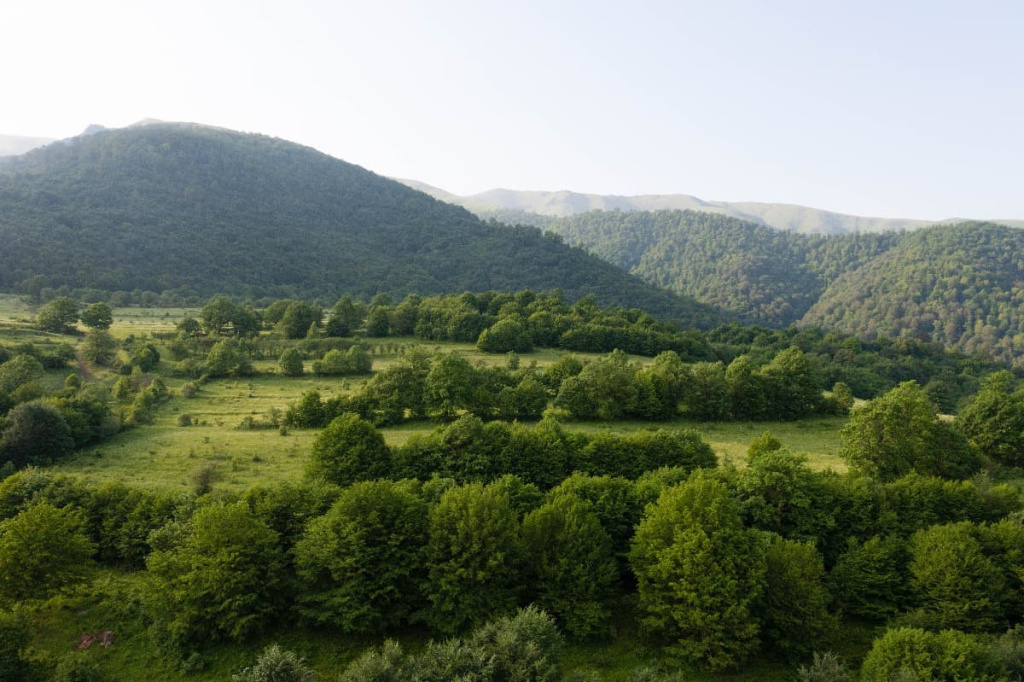
There are 4 national parks in Armenia, which are Sevan National Park, Arpi and Arevik National Parks, as well as Dilijan National Park. The latter is located in the Tavush region of Armenia, in the forest zone, and is considered a unique reserve. There are beech, yew, and oak forests, which are specially protected trees. Without exaggeration, these are the lungs of Armenia, a real green temple that needs reverent attitude and protection. It’s the richest ecological and recreational resource of the country.
Dilijan National Park (Dilijan Reserve) is located in the north-east of Armenia, in the Tavush region, in the basin of the Aghstev (right tributary of the Kura) and Getik, at an absolute height of 1100-2800 meters.
The area of the national park is 33,765 hectares.
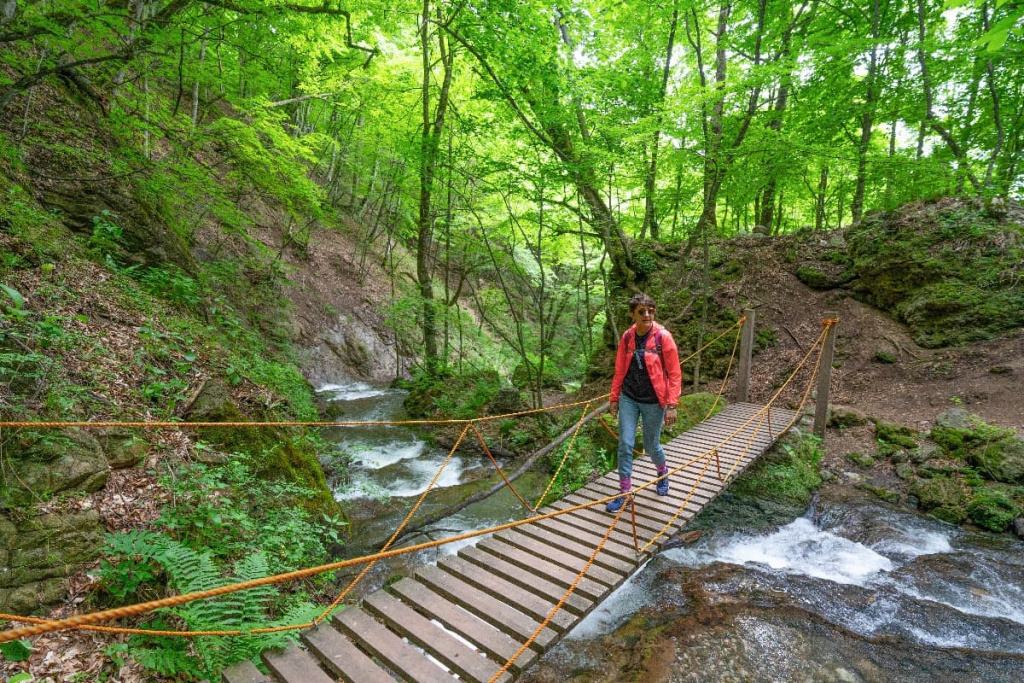
The Dilijan Nature Reserve was founded in 1958 to protect beech and oak forests, pines, yew groves, and mountain lakes. On the territory of the reserve, there are 102 species of trees, 38 species of poisonous mushrooms, 170 species of edible mushrooms, and 120 species of shrubs with edible fruits, such as raspberries, blackberries, currants, and gooseberries.
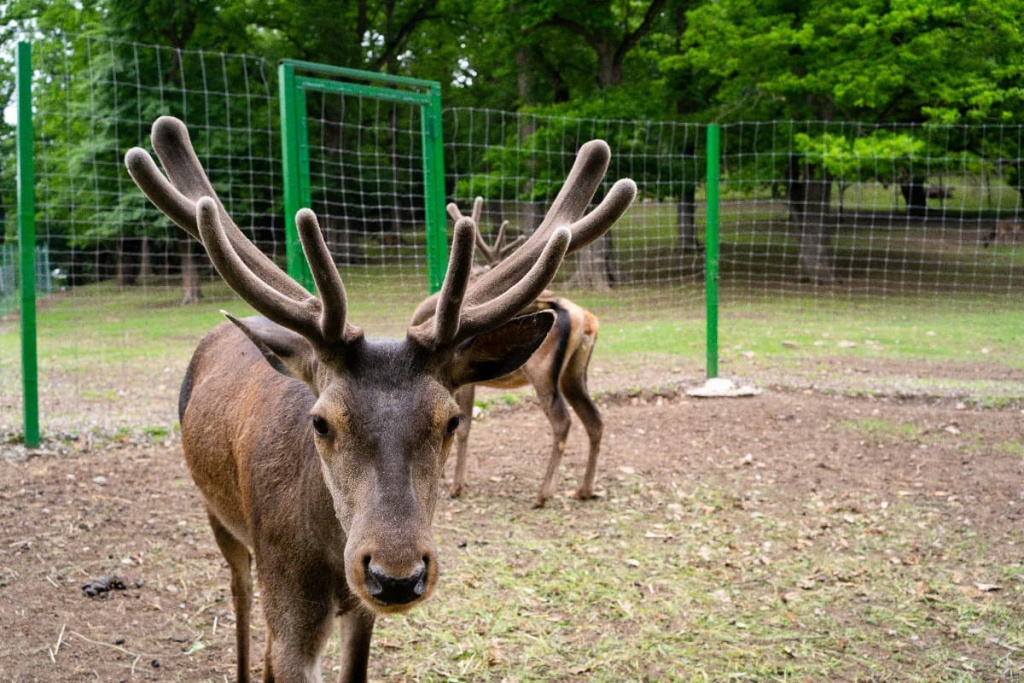
More than 280 species of animals live on the territory of the National Park, 53 of which are listed in the Red Book. There are more than 40 species of mammals (bear, fox, wolf, red deer), 150 species of birds (black grouse, bearded eagle, sandpiper, etc.), 800 species of beetles, and numerous species of reptiles and fish.
The reserve is known for its medicinal herbs (St. John's wort, mint, thyme, etc.), edible (sorrel, nettle, etc.), and fodder plants (clover, sainfoin, etc.).
The main representatives of flora:
-
yew
-
rhododendron
-
beech
-
elm
-
oak
-
hornbeam
-
Linden
-
pine
-
juniper
The main representatives of the fauna:
-
brown bear
-
red deer
-
roe deer
-
persian squirrel
-
caucasian black grouse
-
griffon vulture
-
beech marten
-
snowcock
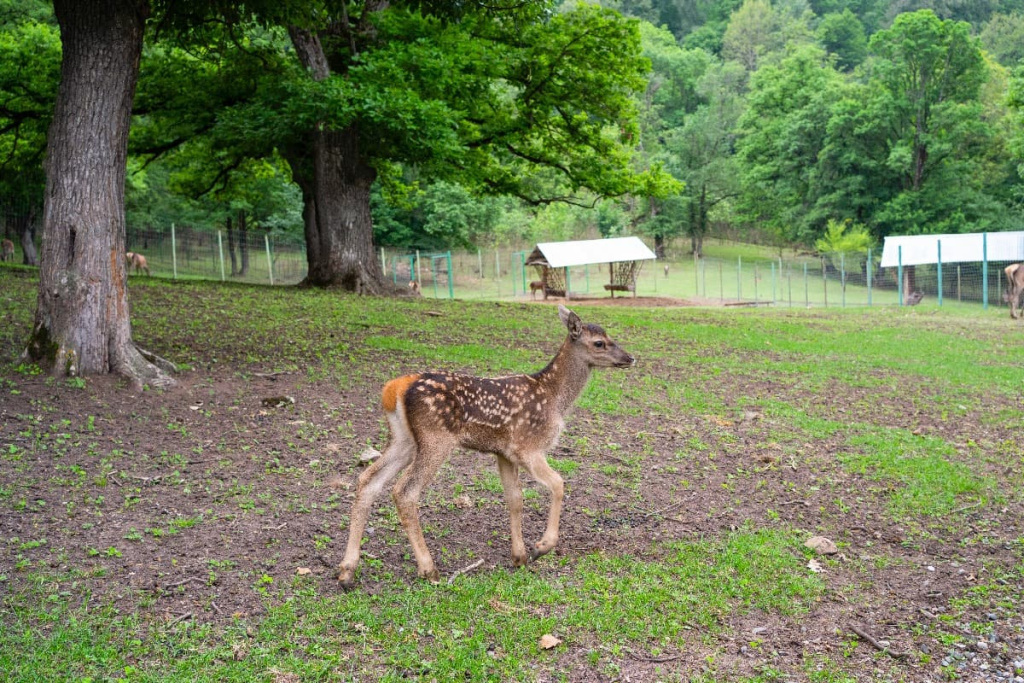
The main medicinal herbs:
-
St John's Wort
-
mint
-
thyme
-
ziziphora
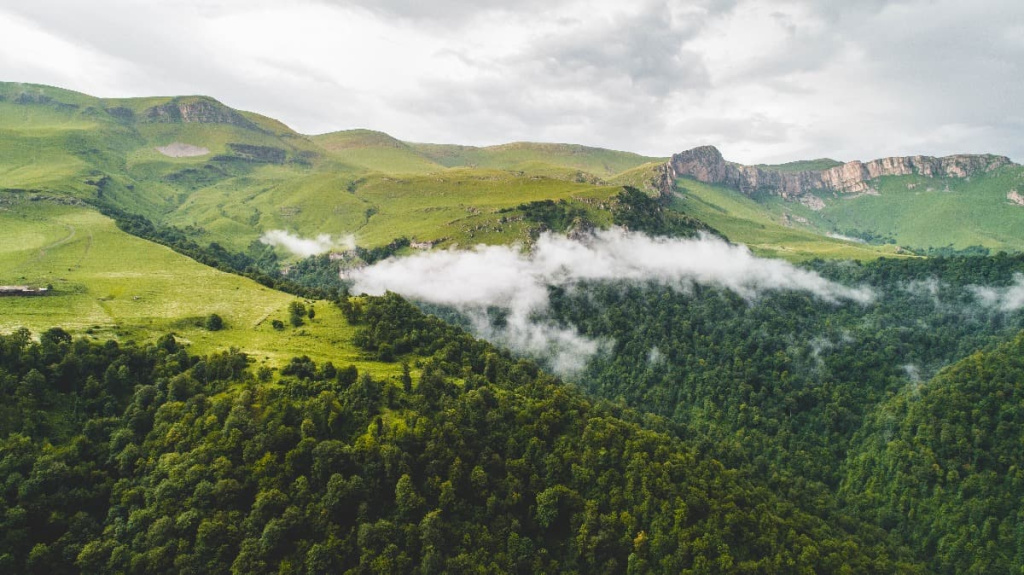
Rivers of the National Park:
-
Aghstev (length - 133 km, basin area - 2589 km²)
-
Getik (length - 58 km, basin area - 581 km²)
Lakes of the National Park
-
Parz
-
Ghosh
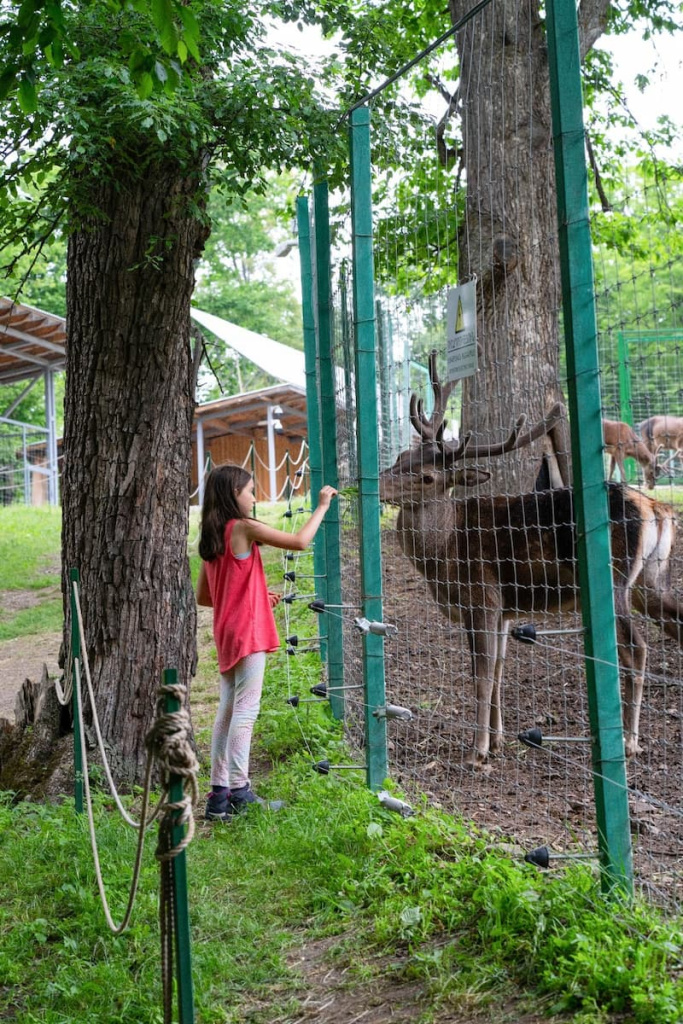
Mountain ranges:
-
Pambak Range (length - 106 km, absolute altitude - 3101 m)
-
Areguni Ridge (length - 65 km, aabsolute altitude - 2740 m)
-
Miapor Ridge (length: 63 km, absolute altitude - 2993 m)
Historical monuments:
-
Haghartsin
-
Matosavank
-
Goshavank
-
Jukhtakavank
-
Aghavnavank
-
Mantash, Akhchkaberd fortresses and others

Any other questions?
Our specialists will contact you as soon as possible




